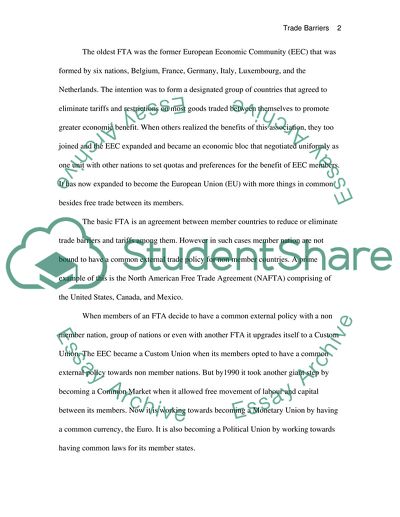Cite this document
(“Trade Barriers Essay Example | Topics and Well Written Essays - 2000 words”, n.d.)
Trade Barriers Essay Example | Topics and Well Written Essays - 2000 words. Retrieved from https://studentshare.org/finance-accounting/1544168-please-see-instructions-below
Trade Barriers Essay Example | Topics and Well Written Essays - 2000 words. Retrieved from https://studentshare.org/finance-accounting/1544168-please-see-instructions-below
(Trade Barriers Essay Example | Topics and Well Written Essays - 2000 Words)
Trade Barriers Essay Example | Topics and Well Written Essays - 2000 Words. https://studentshare.org/finance-accounting/1544168-please-see-instructions-below.
Trade Barriers Essay Example | Topics and Well Written Essays - 2000 Words. https://studentshare.org/finance-accounting/1544168-please-see-instructions-below.
“Trade Barriers Essay Example | Topics and Well Written Essays - 2000 Words”, n.d. https://studentshare.org/finance-accounting/1544168-please-see-instructions-below.


